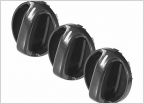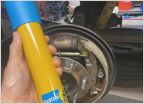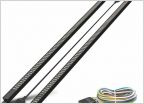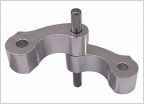-
Welcome to Tundras.com!
You are currently viewing as a guest! To get full-access, you need to register for a FREE account.
As a registered member, you’ll be able to:- Participate in all Tundra discussion topics
- Transfer over your build thread from a different forum to this one
- Communicate privately with other Tundra owners from around the world
- Post your own photos in our Members Gallery
- Access all special features of the site
Coolant leak in the BACK of the engine?
Discussion in '1st Gen Tundras (2000-2006)' started by jcrob33, Jan 16, 2025.


 So I went and bought a 1st Gen Tundra....
So I went and bought a 1st Gen Tundra.... "Fancy" climate control knobs for Gen 1?
"Fancy" climate control knobs for Gen 1? Let's talk about rear brakes.
Let's talk about rear brakes. Center Console Lock Box (Safe) Project
Center Console Lock Box (Safe) Project Tailgate Light
Tailgate Light Has any one ordered ext cab side window closure bracket parts?
Has any one ordered ext cab side window closure bracket parts?














































































